Home>Gardening & Outdoor>Landscaping Ideas>When To Plant Bermuda Grass In Missouri
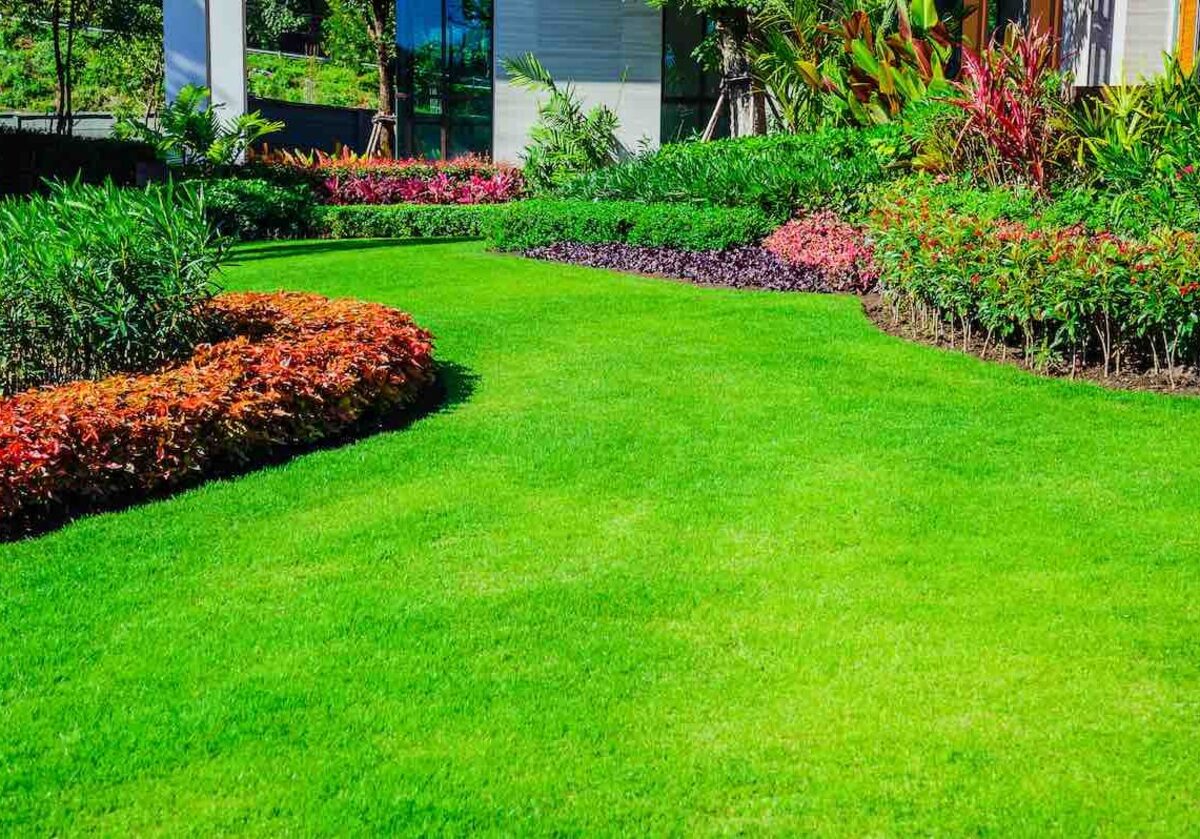

Landscaping Ideas
When To Plant Bermuda Grass In Missouri
Modified: March 29, 2024
Looking for landscaping ideas in Missouri? Learn when to plant Bermuda grass and transform your lawn with our expert tips and advice. Discover the best time for landscaping in Missouri!
(Many of the links in this article redirect to a specific reviewed product. Your purchase of these products through affiliate links helps to generate commission for Storables.com, at no extra cost. Learn more)
**
Introduction
**
When it comes to creating a lush, vibrant lawn in Missouri, choosing the right type of grass is crucial. Bermuda grass, known for its durability and resilience, is a popular choice for lawns in the state. Understanding the optimal time for planting Bermuda grass in Missouri is essential for ensuring its successful establishment and long-term health. This article will delve into the intricacies of planting Bermuda grass in Missouri, considering the climate and soil conditions specific to the region. By exploring the best practices for planting and maintaining Bermuda grass, you can cultivate a verdant lawn that thrives in the Missouri climate. Whether you're a seasoned gardener or a novice enthusiast, this guide will equip you with the knowledge needed to achieve a flourishing Bermuda grass lawn in the "Show-Me State."
Key Takeaways:
- Late spring to early summer is the best time to plant Bermuda grass in Missouri. This aligns with its natural growth patterns and the local climate, setting the stage for a robust and thriving lawn.
- To maintain Bermuda grass in Missouri, follow a comprehensive maintenance regimen including mowing, irrigation, fertilization, and pest management. Adapting routines to seasonal changes is crucial for sustaining its enduring beauty and resilience.
Read more: When To Plant Grass Seed In Missouri
Understanding Bermuda Grass
Before delving into the specifics of planting Bermuda grass in Missouri, it’s essential to grasp the characteristics of this resilient grass variety. Bermuda grass, scientifically known as Cynodon dactylon, is prized for its exceptional tolerance to heat, drought, and foot traffic. This warm-season grass thrives in full sun and boasts excellent recovery capabilities, making it an ideal choice for lawns, sports fields, and golf courses.
One of the defining features of Bermuda grass is its rapid growth and spread, facilitated by both aboveground stolons and belowground rhizomes. This aggressive growth pattern enables Bermuda grass to quickly fill in bare patches and establish a dense, uniform turf. Additionally, Bermuda grass exhibits remarkable wear tolerance, making it well-suited for high-traffic areas.
The grass’s fine texture and vibrant green hue further contribute to its appeal, lending a visually pleasing aesthetic to lawns and landscapes. While Bermuda grass excels in warm climates, it can also endure cooler temperatures, albeit with reduced growth during the winter months.
Understanding the growth habits, resilience, and aesthetic qualities of Bermuda grass is fundamental to harnessing its full potential in landscaping and lawn care. With this knowledge as a foundation, you can effectively navigate the nuances of cultivating Bermuda grass in the diverse climate and soil conditions found in Missouri.
Climate and Soil Considerations in Missouri
When planning to plant Bermuda grass in Missouri, it’s essential to take into account the state’s diverse climate and soil characteristics. Missouri experiences a blend of continental and humid subtropical climates, with varying temperature ranges and precipitation levels across different regions. The northern part of the state tends to have slightly cooler temperatures compared to the southern regions, while the western and southeastern areas often exhibit distinct climatic nuances.
Throughout Missouri, summers can be hot and humid, providing favorable conditions for warm-season grasses like Bermuda grass to thrive. However, the state also experiences winter months marked by cold temperatures, necessitating a grass variety with resilience in the face of occasional frost and dormancy.
Soil composition in Missouri varies widely, encompassing clay, loam, and silt, with differences in drainage and nutrient retention. Understanding the soil structure and composition specific to your location is crucial for preparing the groundwork for successful Bermuda grass cultivation. While Bermuda grass is adaptable to various soil types, ensuring proper soil preparation is vital for its establishment and long-term vitality.
By considering the climatic and soil intricacies of Missouri, you can tailor your approach to planting Bermuda grass, optimizing its potential to thrive in the state’s diverse environmental conditions. Factor in the seasonal temperature variations, precipitation patterns, and soil attributes to lay the groundwork for a flourishing Bermuda grass lawn in Missouri.
Best Time to Plant Bermuda Grass in Missouri
Choosing the optimal time for planting Bermuda grass in Missouri is pivotal to its successful establishment and long-term health. Given the state’s climatic diversity, it’s essential to align the planting schedule with the grass’s natural growth patterns and the local climate. In Missouri, the prime window for planting Bermuda grass falls within the late spring to early summer, typically from late May to early June.
During this period, the soil temperature rises, creating favorable conditions for Bermuda grass seed germination and establishment. The warm temperatures and increased daylight hours during late spring and early summer provide an optimal environment for the rapid growth and root development of Bermuda grass. By initiating the planting process during this period, you can harness the grass’s inherent resilience and vigor, setting the stage for a robust and thriving lawn.
It’s important to note that the timing of Bermuda grass planting in Missouri may vary slightly based on the specific climatic conditions in different regions of the state. Factors such as local temperature trends, frost dates, and soil moisture levels should be taken into consideration when determining the ideal planting window for Bermuda grass.
By strategically timing the planting of Bermuda grass to coincide with the onset of warmer weather and ample sunlight, you can optimize the grass’s potential for rapid growth and establishment. This approach sets the stage for a resilient and visually appealing lawn that can withstand the climatic fluctuations and seasonal transitions unique to Missouri.
Bermuda grass should be planted in Missouri in late spring or early summer when the soil temperature is consistently above 65°F. This usually occurs in May or June.
Steps for Planting Bermuda Grass
Embarking on the journey of planting Bermuda grass in Missouri requires careful planning and meticulous execution to ensure the grass’s successful establishment. By following a systematic approach, you can lay the foundation for a vibrant and resilient Bermuda grass lawn that thrives in the state’s diverse environmental conditions. Here are the essential steps for planting Bermuda grass in Missouri:
1. Soil Preparation:
Begin by preparing the soil to create an optimal environment for Bermuda grass establishment. Conduct a soil test to assess nutrient levels and pH, and amend the soil as needed to achieve the ideal pH range of 6.5 to 7.0. Remove any debris, rocks, or weeds from the area to create a clean and receptive bed for the grass seed or sprigs.
2. Seedbed Establishment:
For seeding Bermuda grass, create a fine seedbed by tilling the soil to a depth of 1 to 2 inches. Rake the area to break up clumps and create a smooth, level surface, facilitating even seed distribution and germination.
3. Seeding or Sprigging:
Choose high-quality Bermuda grass seed or sprigs from a reputable source. Follow the recommended seeding rates for the specific variety of Bermuda grass you have selected. Distribute the seed or sprigs evenly across the prepared seedbed, ensuring thorough coverage for optimal germination and establishment.
4. Soil Contact and Watering:
After seeding or sprigging, lightly rake the area to ensure good soil contact for the seeds or sprigs. Water the seeded area gently to keep the soil consistently moist, aiding in the germination process. Be mindful of overwatering, as excessive moisture can impede germination and lead to issues such as fungal diseases.
5. Fertilization and Maintenance:
Once the Bermuda grass has established and begun to grow, follow recommended fertilization practices to support its healthy development. Regular maintenance, including mowing, irrigation, and weed control, is essential to nurture the Bermuda grass and promote a dense, lush lawn.
6. Monitoring and Care:
Monitor the newly planted Bermuda grass closely, observing its growth and addressing any issues promptly. Implement a consistent care regimen, including proper mowing heights, irrigation management, and proactive weed control, to foster the grass’s resilience and vitality.
By diligently following these steps and providing attentive care, you can set the stage for a thriving Bermuda grass lawn in Missouri, characterized by its resilience, vibrancy, and enduring beauty.
Read more: When To Plant Bermuda Grass
Maintaining Bermuda Grass in Missouri
Once Bermuda grass has been successfully established in Missouri, diligent maintenance practices are essential to nurture its health and vibrancy, ensuring a lush and resilient lawn. By implementing a comprehensive maintenance regimen tailored to the specific needs of Bermuda grass, you can foster its enduring beauty and ability to withstand the diverse climatic conditions prevalent in the state.
1. Mowing:
Adhere to recommended mowing heights for Bermuda grass, typically ranging from 0.5 to 1.5 inches, depending on the specific variety. Regular mowing promotes a dense and uniform turf, enhancing the grass’s aesthetic appeal and resilience to foot traffic.
2. Irrigation:
Monitor soil moisture levels and adjust irrigation practices to provide consistent, deep watering for Bermuda grass. Avoid frequent, shallow watering, as it can encourage shallow root development and make the grass more susceptible to drought stress.
3. Fertilization:
Follow a balanced fertilization schedule tailored to the nutrient requirements of Bermuda grass. Apply fertilizers at recommended intervals, taking into account the grass’s growth patterns and seasonal needs to support its vigor and color.
4. Weed Control:
Implement proactive weed control measures to prevent the establishment of invasive species that can compete with Bermuda grass. Utilize targeted herbicides and manual removal methods to maintain a weed-free lawn.
5. Pest Management:
Monitor for signs of pest infestations and address them promptly to safeguard the health of Bermuda grass. Utilize integrated pest management strategies to mitigate pest pressures and preserve the grass’s vitality.
6. Seasonal Considerations:
Adjust maintenance practices in response to seasonal changes, such as transitioning Bermuda grass into dormancy during the cooler months. Tailor irrigation, mowing, and fertilization to align with the grass’s evolving needs throughout the year.
7. Aeration and Dethatching:
Periodically aerate the soil and dethatch the lawn to alleviate compaction and promote optimal air and water penetration. These practices enhance root development and overall turf health.
By incorporating these maintenance practices into your lawn care routine, you can uphold the vitality and visual allure of Bermuda grass in Missouri. Thoughtful and attentive maintenance not only sustains the grass’s resilience but also contributes to the creation of a verdant and inviting outdoor space.
Conclusion
Planting and maintaining Bermuda grass in Missouri demands a nuanced understanding of the grass’s unique characteristics and the diverse environmental factors at play in the state. By aligning the planting schedule with the grass’s natural growth patterns and tailoring maintenance practices to its specific needs, you can cultivate a flourishing Bermuda grass lawn that thrives in Missouri’s varying climatic conditions.
Understanding the optimal time for planting Bermuda grass, typically in late spring to early summer, sets the stage for successful establishment and robust growth. By preparing the soil, selecting high-quality seed or sprigs, and providing attentive care during the initial stages, you can foster the development of a resilient and visually striking Bermuda grass lawn.
Once established, diligent maintenance practices, including mowing, irrigation, fertilization, and pest management, are essential for preserving the health and vibrancy of Bermuda grass. Adapting maintenance routines to align with seasonal changes and the grass’s evolving needs is crucial for sustaining its enduring beauty and resilience in Missouri.
Ultimately, the journey of planting and maintaining Bermuda grass in Missouri is a testament to the transformative power of thoughtful landscaping practices. By embracing the intricacies of Bermuda grass and the dynamic environmental conditions of the state, you can create a captivating outdoor space characterized by the lushness and vitality of this resilient grass variety.
With a blend of expertise, dedication, and a deep understanding of Bermuda grass’s requirements, you can cultivate a stunning lawn that enhances the natural beauty of Missouri’s landscapes, providing a welcoming and visually appealing setting for leisure, recreation, and relaxation.
Frequently Asked Questions about When To Plant Bermuda Grass In Missouri
Was this page helpful?
At Storables.com, we guarantee accurate and reliable information. Our content, validated by Expert Board Contributors, is crafted following stringent Editorial Policies. We're committed to providing you with well-researched, expert-backed insights for all your informational needs.
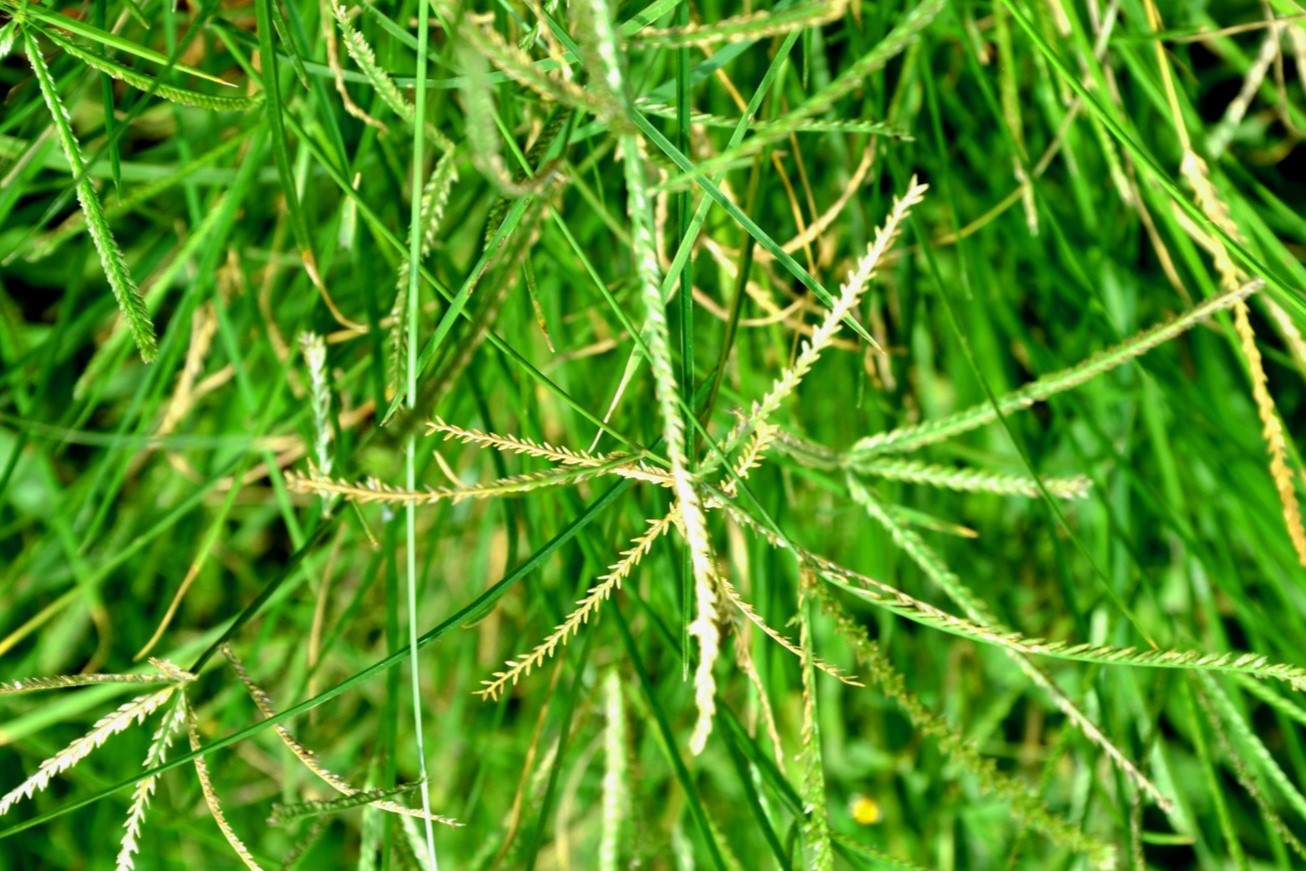
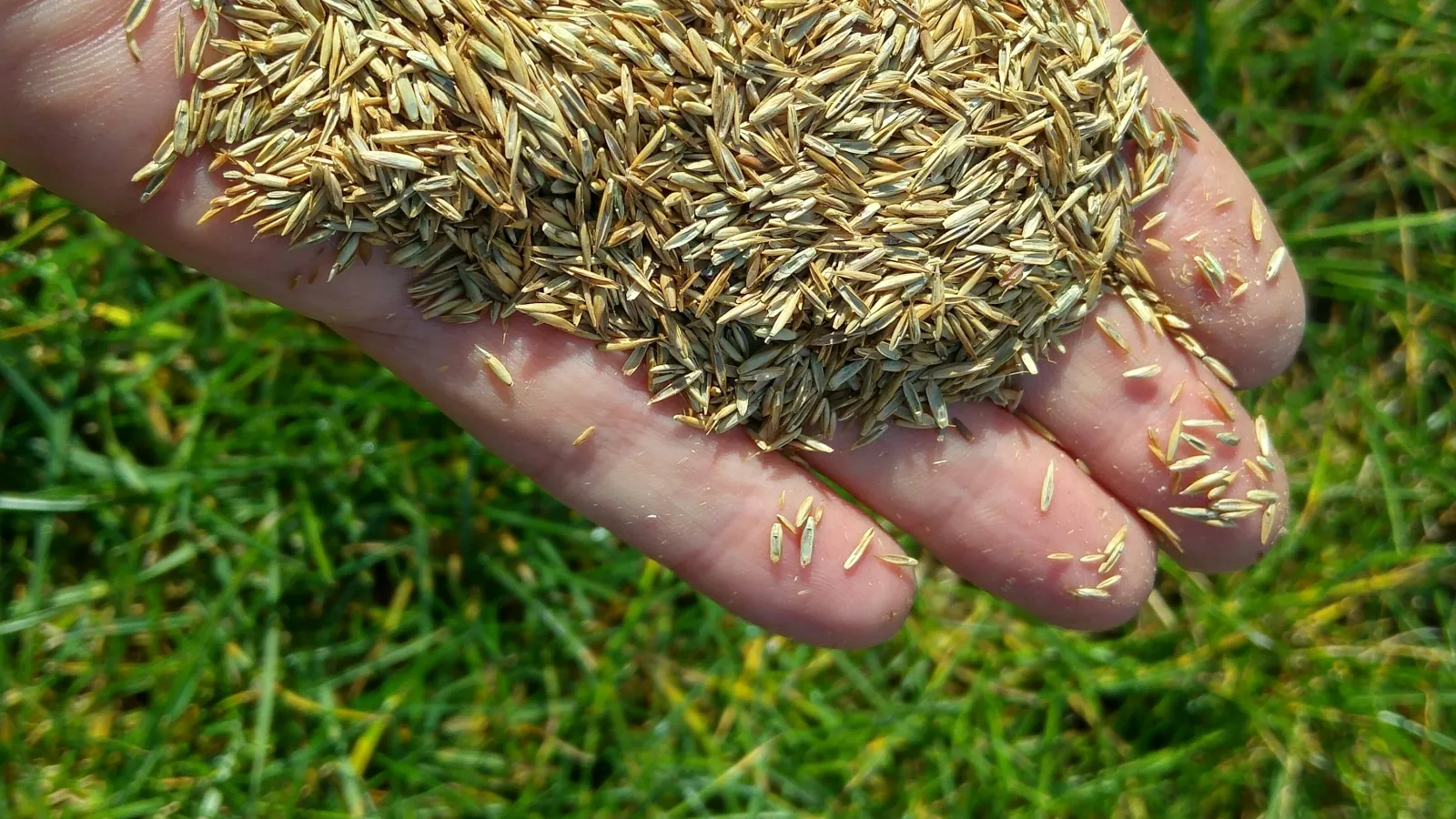
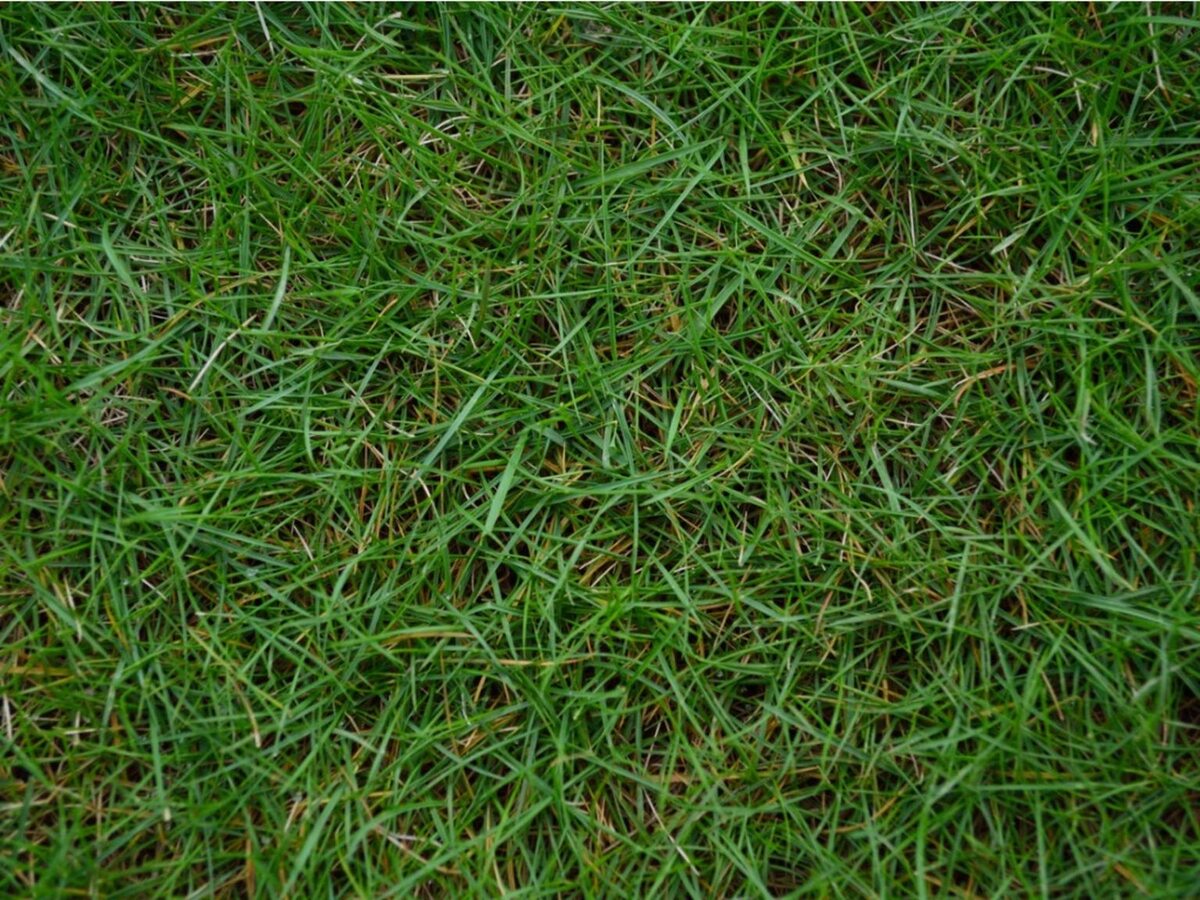
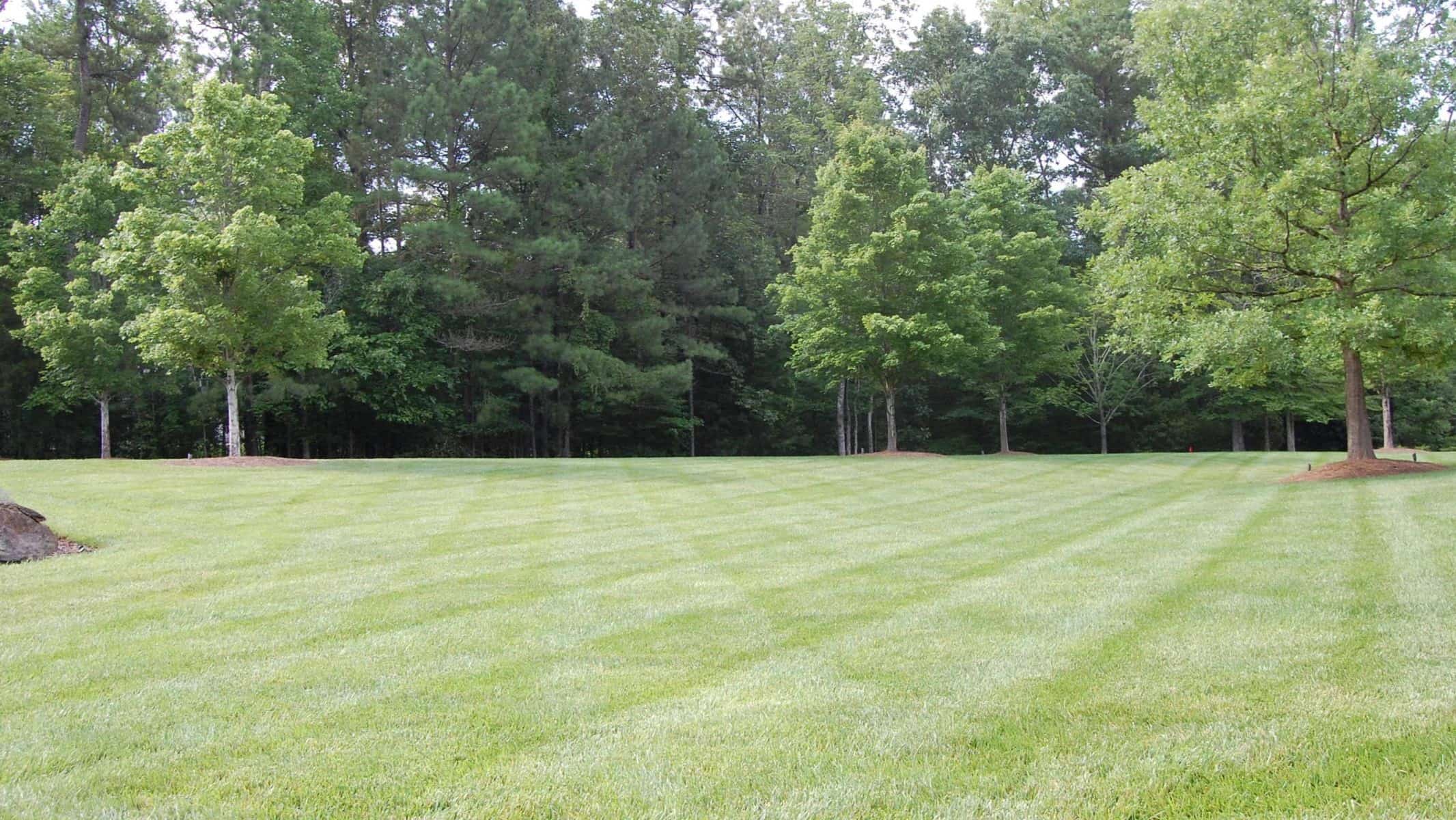

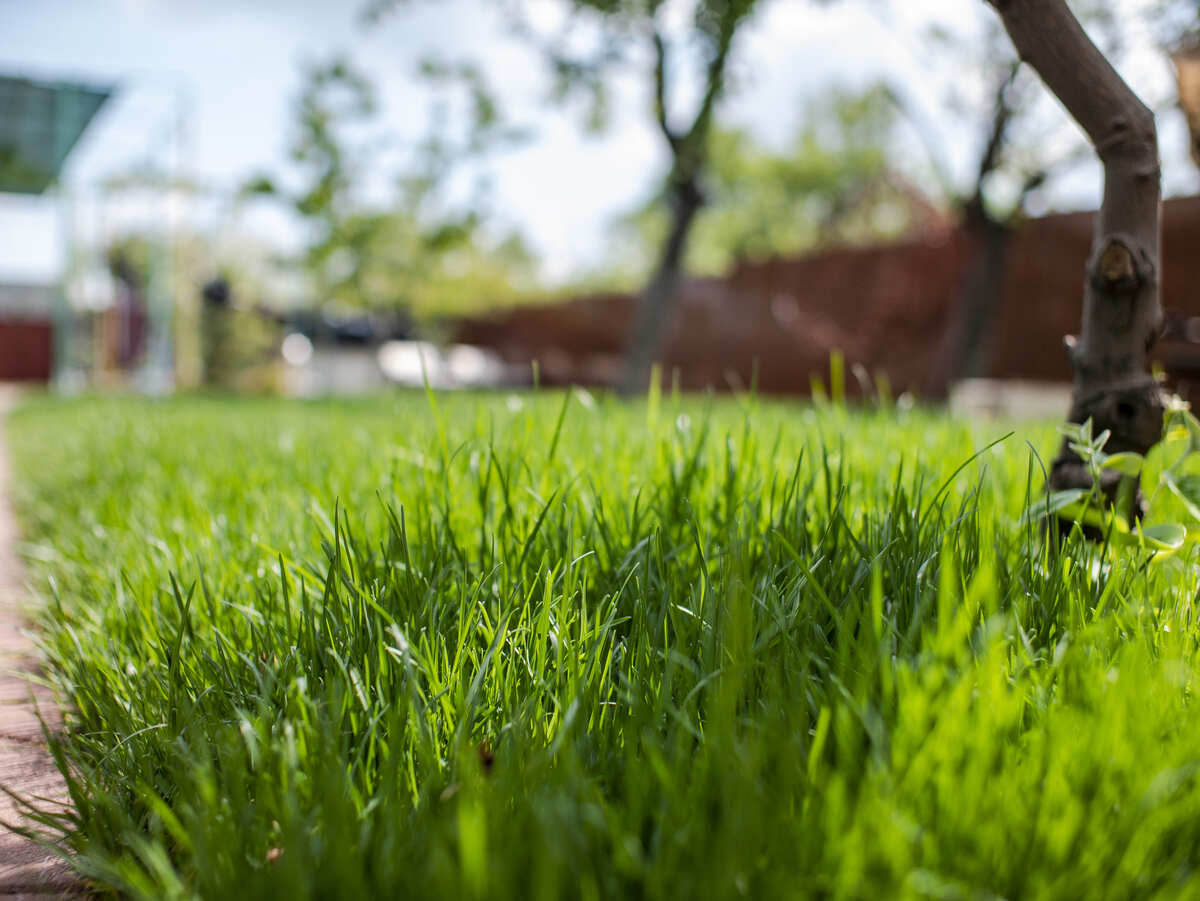
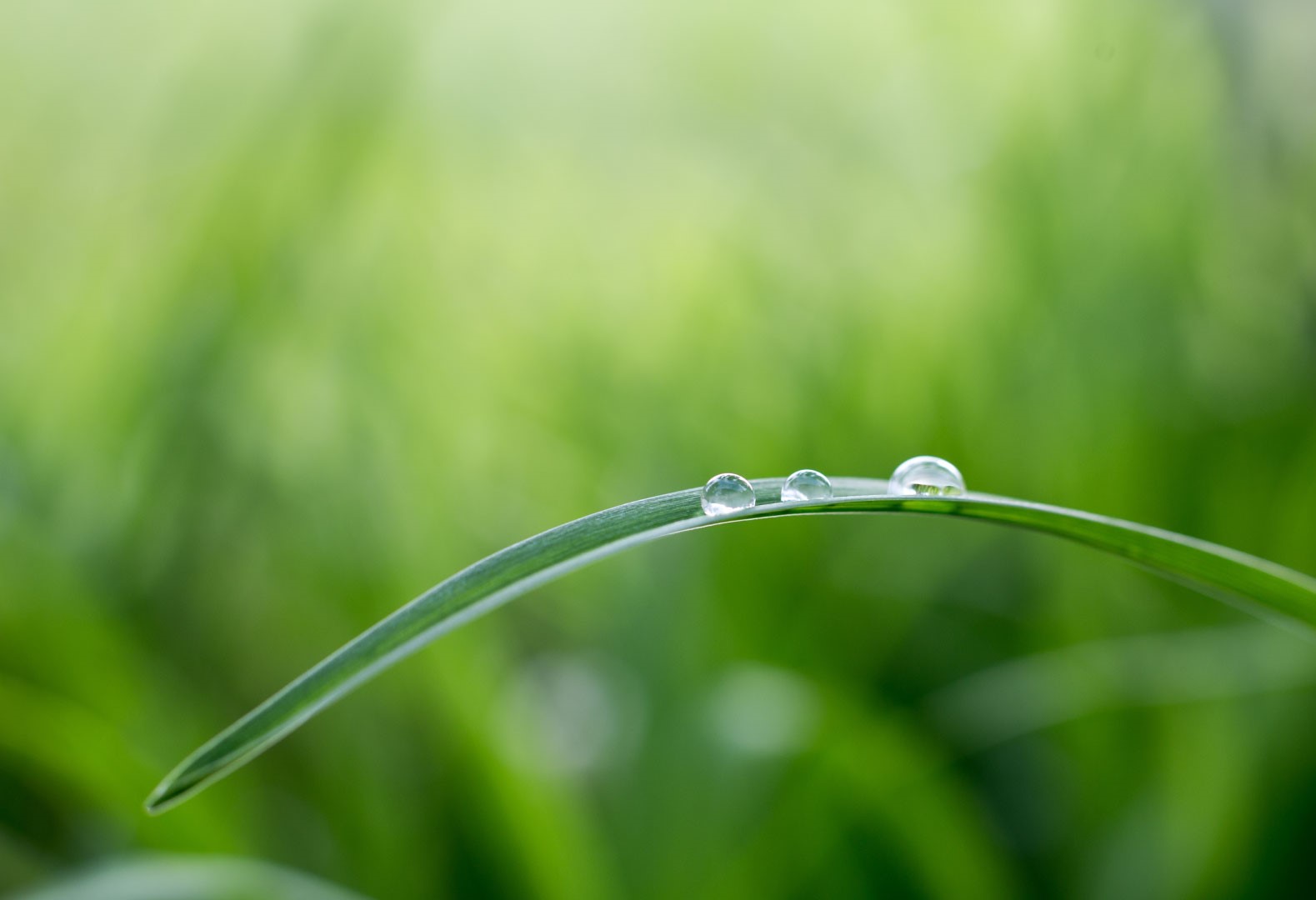
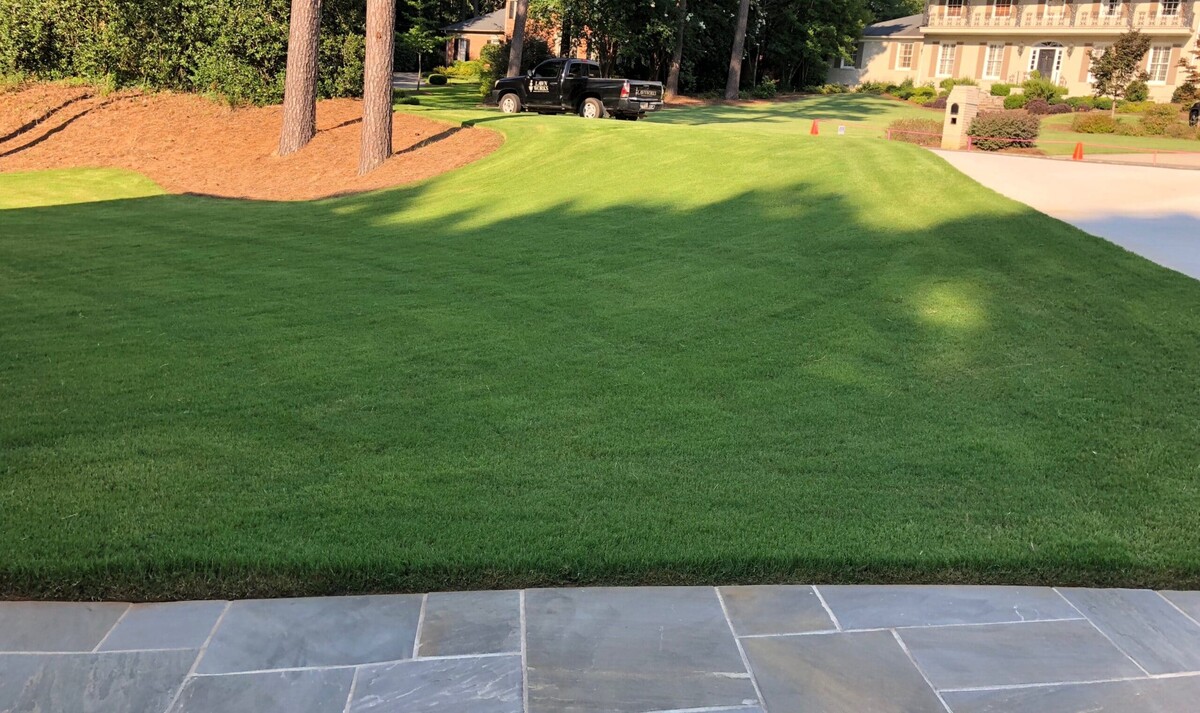
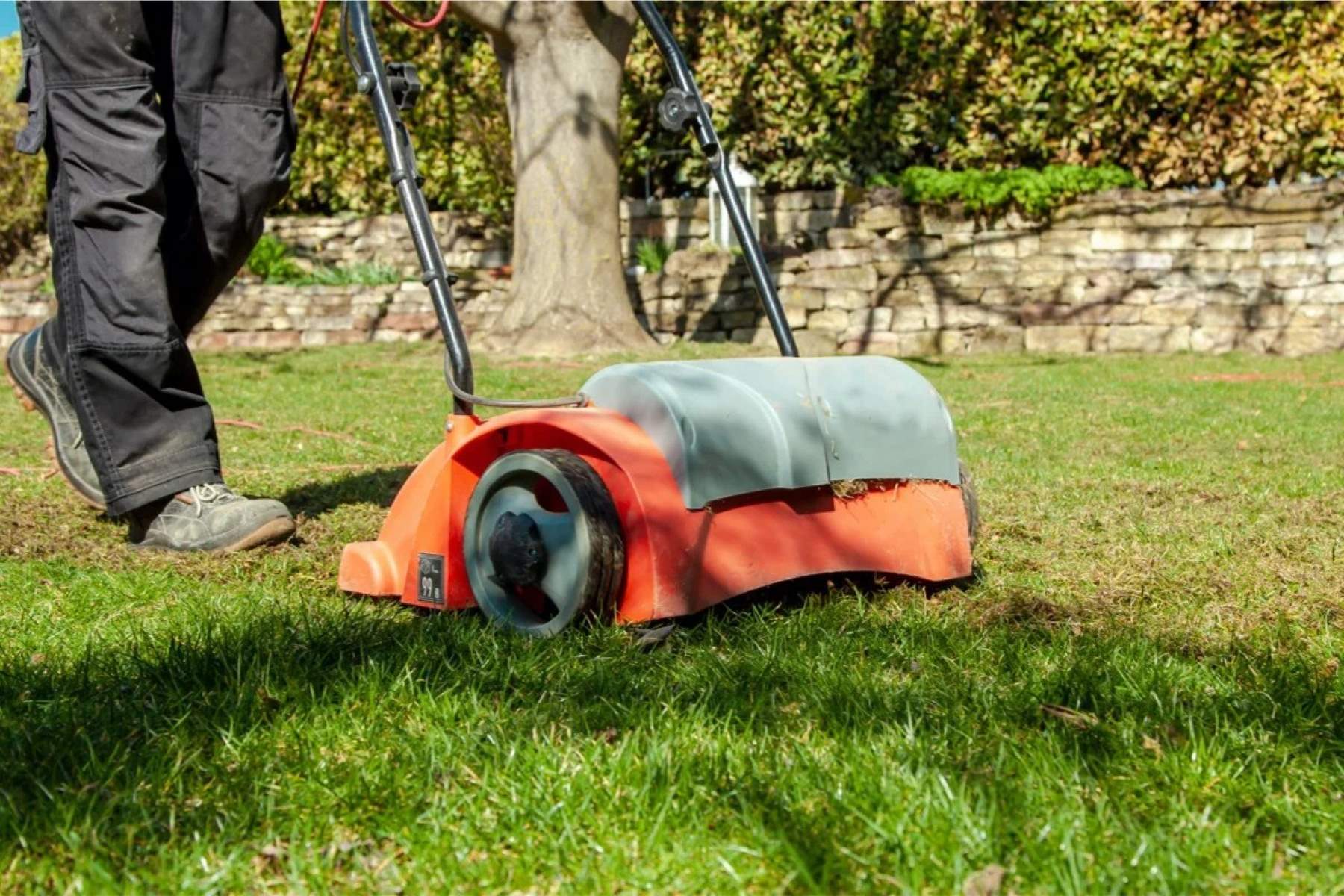
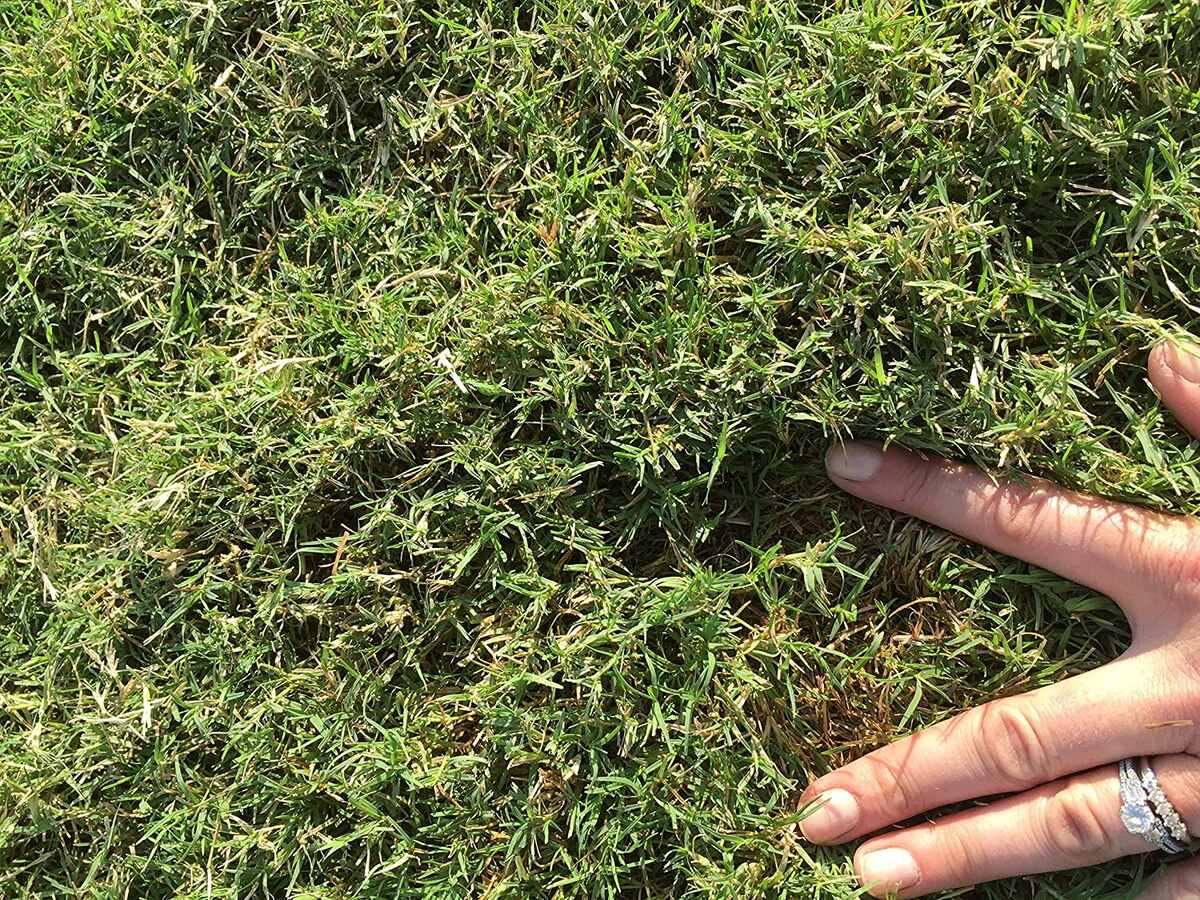
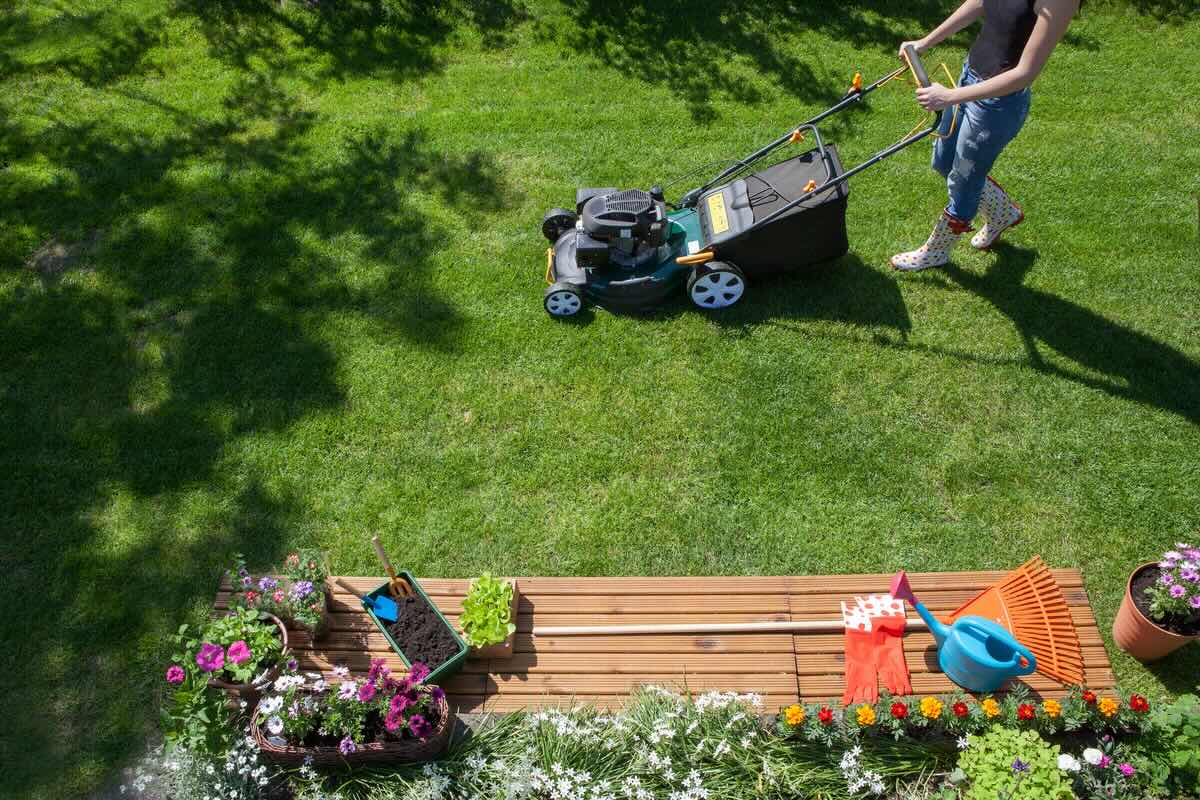
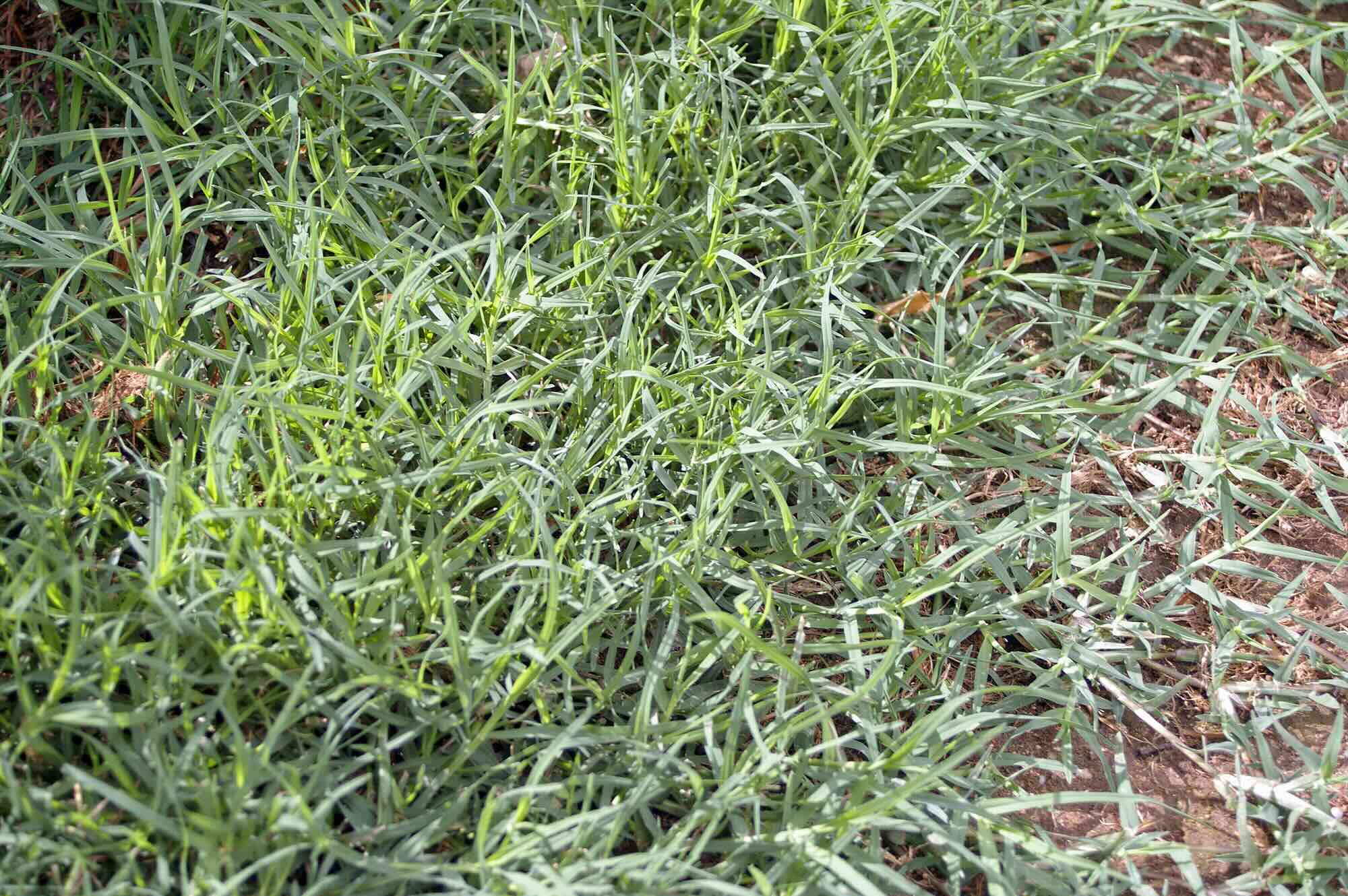
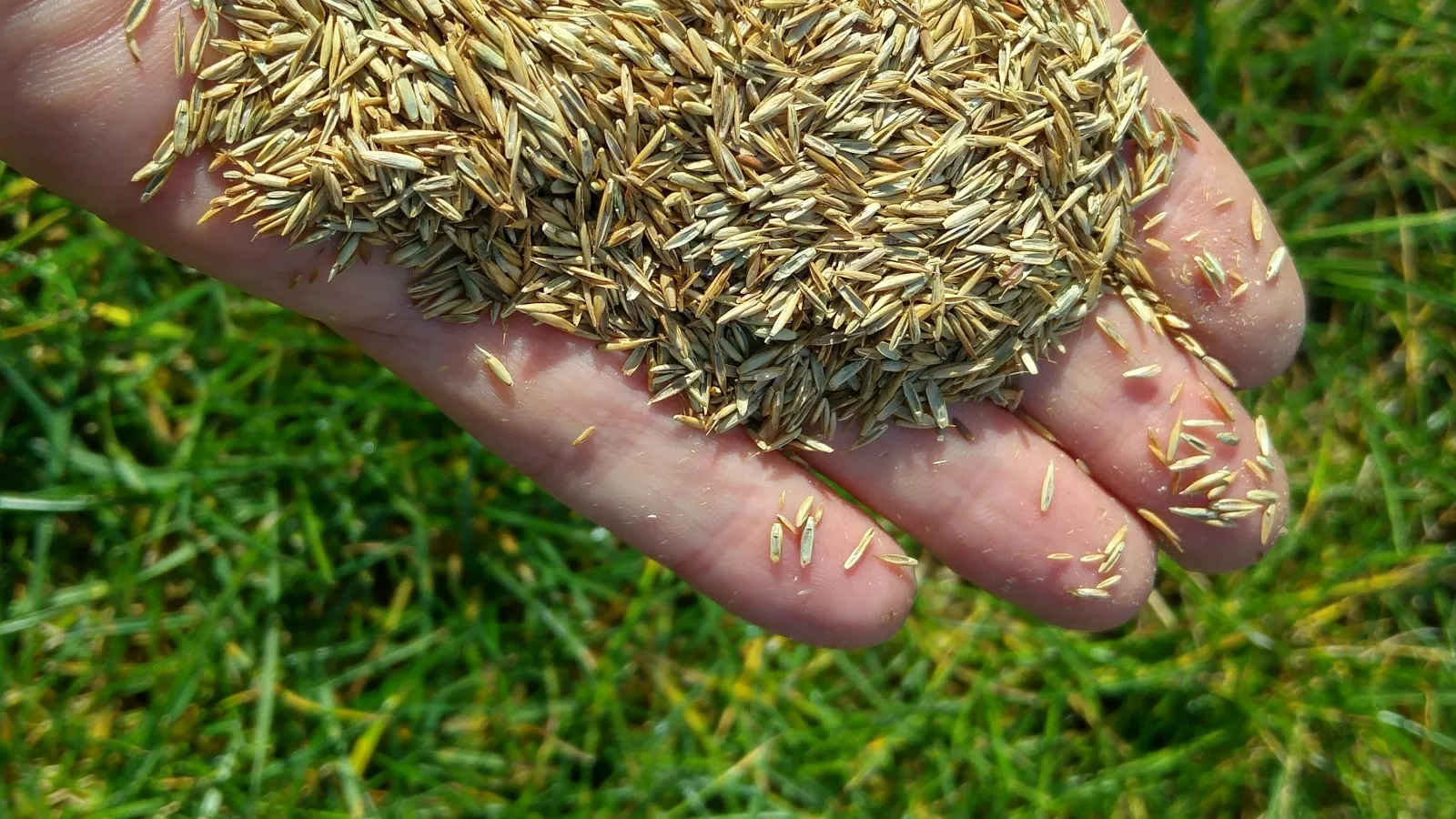
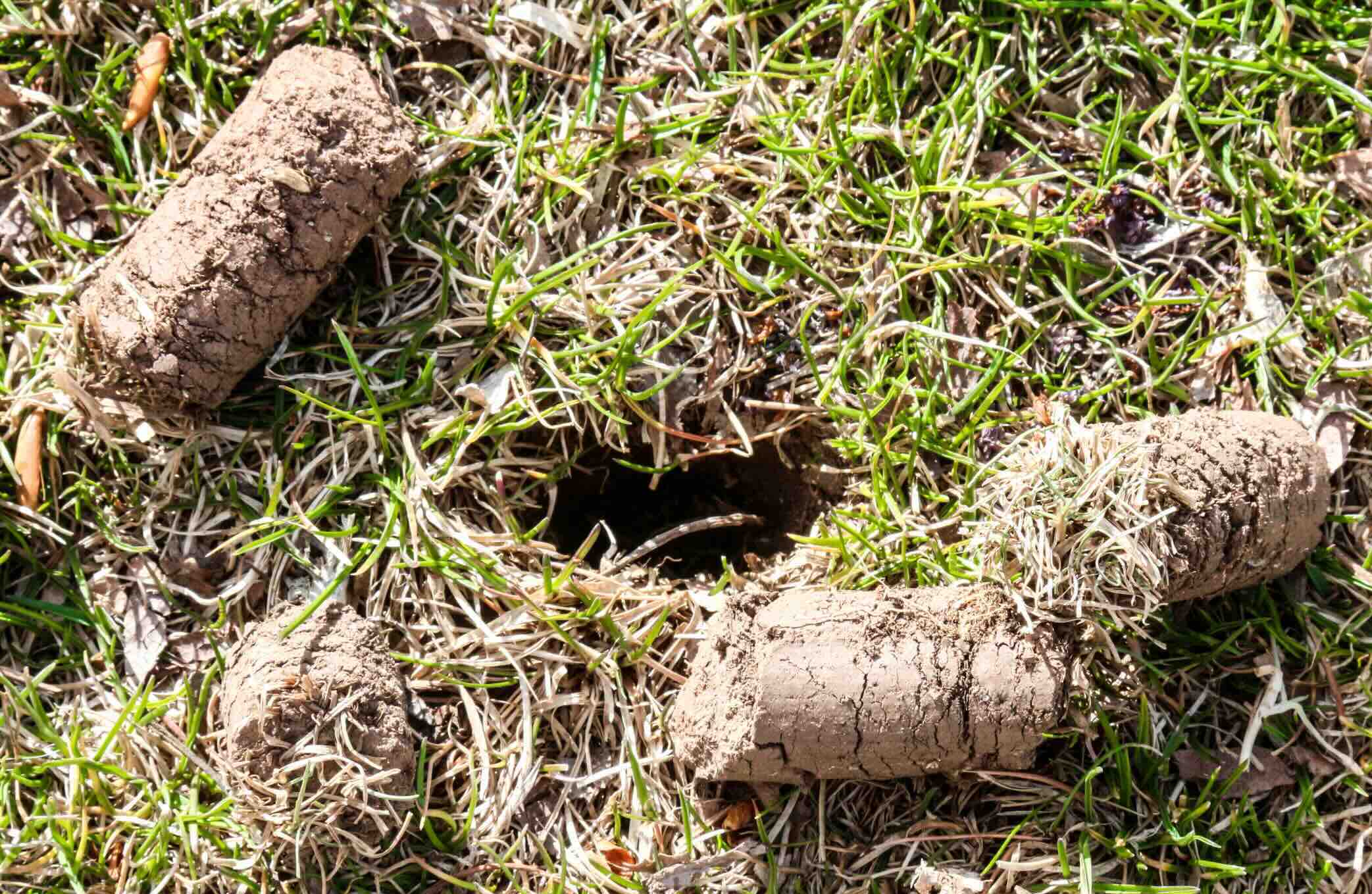

0 thoughts on “When To Plant Bermuda Grass In Missouri”